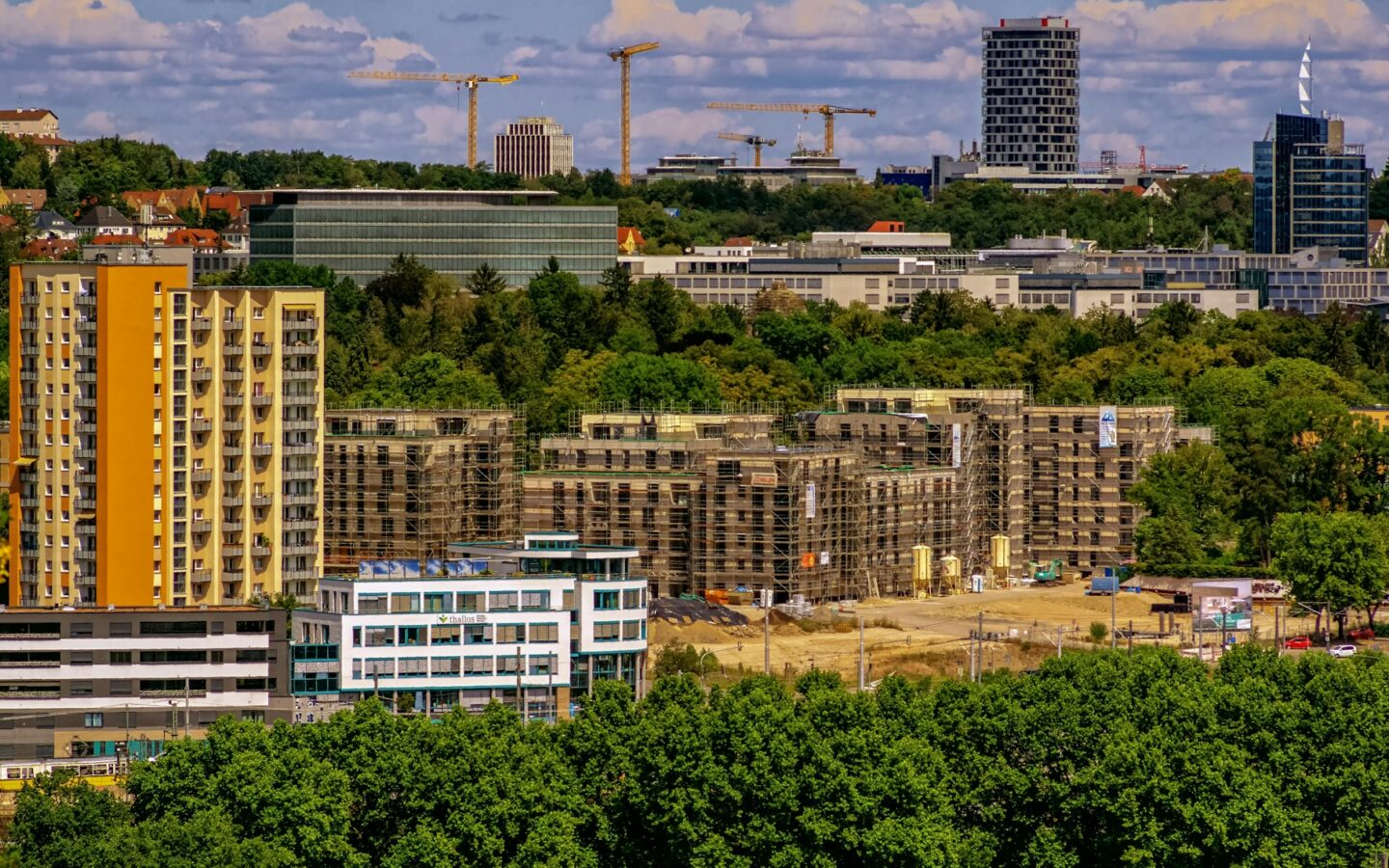The European real estate landscape is undergoing a significant transformation, with suburbs experiencing a surge in demand while urban centers face a decline in rents and house prices. This shift, driven by various socio-economic factors, is reshaping the way we view residential living in Europe. In this article, we will explore the key insights from recent trends, analyze the implications for buyers and investors, and provide a comprehensive overview of the current market dynamics.
Get one year Free Listings!
Subscribe to our newsletter and get 1 year listings + XML imports for free and enjoy a 100% discount on all listing placement packages, no strings attached!

Understanding the Shift: Why Suburbs Are Gaining Popularity
Several factors contribute to the rising appeal of suburban living. The COVID-19 pandemic has accelerated remote work trends, allowing individuals and families to seek larger living spaces outside of crowded city centers. As people prioritize quality of life, the suburbs offer more affordable housing options, access to green spaces, and a sense of community that urban environments often lack.
According to recent data, cities like Paris, London, and Berlin have seen a notable decrease in rental prices, with some areas experiencing declines of up to 10% over the past year. In contrast, suburban regions in countries such as France, Germany, and the Netherlands have reported increases in property values, with some suburbs witnessing price hikes of 15% or more.
Key Insights from the Data
- Remote Work is Here to Stay: The shift to remote work has fundamentally changed housing preferences. Many professionals are no longer tethered to their offices, allowing them to explore suburban options that offer more space and better living conditions.
- Affordability Drives Demand: With rising living costs in major cities, many buyers are turning to suburbs where they can find more affordable housing. This trend is particularly evident in countries like Spain and Italy, where suburban areas are becoming increasingly attractive.
- Urban Exodus: The trend of urban exodus is not just a temporary phenomenon. As families seek larger homes and better quality of life, the demand for suburban properties is expected to remain strong in the coming years.
- Investment Opportunities: Investors are taking note of this shift. Suburban properties are becoming hot commodities, with many investors looking to capitalize on the growing demand for rental properties in these areas.
Regional Highlights: Where Are Prices Rising?
Across Europe, certain regions are standing out as hotspots for suburban real estate. In France, for instance, the Île-de-France region has seen a significant uptick in property prices in suburban areas like Seine-et-Marne and Yvelines. Similarly, in Germany, cities like Munich and Frankfurt are witnessing a migration to surrounding towns such as Dachau and Bad Vilbel, where buyers can find more spacious homes at lower prices.
In the Netherlands, cities like Amsterdam are experiencing a similar trend, with suburbs such as Amstelveen and Haarlem becoming increasingly desirable. The allure of these areas lies not only in their affordability but also in their proximity to urban amenities, making them ideal for families and young professionals alike.
Challenges Facing Urban Centers
While suburban areas thrive, urban centers are grappling with several challenges. The decline in rental prices is a clear indicator of the shifting demand. Many landlords are forced to lower rents to attract tenants, leading to a more competitive market. Additionally, the rise of remote work has prompted some businesses to reconsider their need for large office spaces, further impacting urban real estate.
Moreover, cities are facing increased pressure to adapt to changing lifestyles. Urban planners are now tasked with reimagining city spaces to make them more appealing to residents who may be reconsidering their living arrangements. This includes enhancing public transportation, increasing green spaces, and creating more family-friendly environments.
What This Means for Buyers and Investors
For buyers, the current market presents a unique opportunity. With suburban properties becoming more accessible, families and individuals can find homes that meet their needs without the financial strain often associated with city living. Buyers should consider factors such as commute times, local amenities, and future development plans when exploring suburban options.
Investors, on the other hand, should keep a close eye on emerging suburban markets. As demand continues to rise, properties in these areas are likely to appreciate in value. Investing in rental properties in suburbs can provide a steady income stream, especially as more people seek affordable housing options outside of major cities.
Conclusion: Embracing the New Normal in Real Estate
The shift from urban to suburban living is not just a passing trend; it represents a fundamental change in how people view their living environments. As the demand for suburban properties continues to grow, both buyers and investors must adapt to this new normal. By understanding the dynamics at play, individuals can make informed decisions that align with their lifestyle and financial goals.
For those looking to explore the latest listings in suburban areas or seeking expert advice on navigating this evolving market, we invite you to check out our listings today. Stay informed and make the most of the opportunities that lie ahead in the European real estate market.
For more insights on European real estate trends, visit the European Commission’s website for comprehensive data and analysis.






Join The Discussion